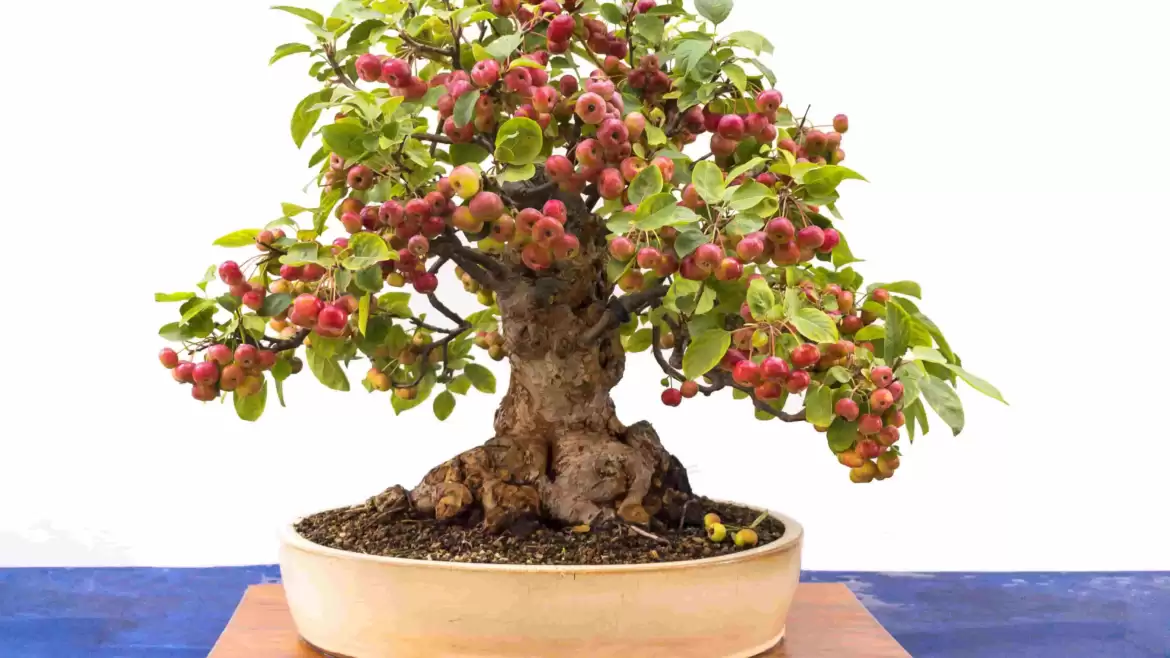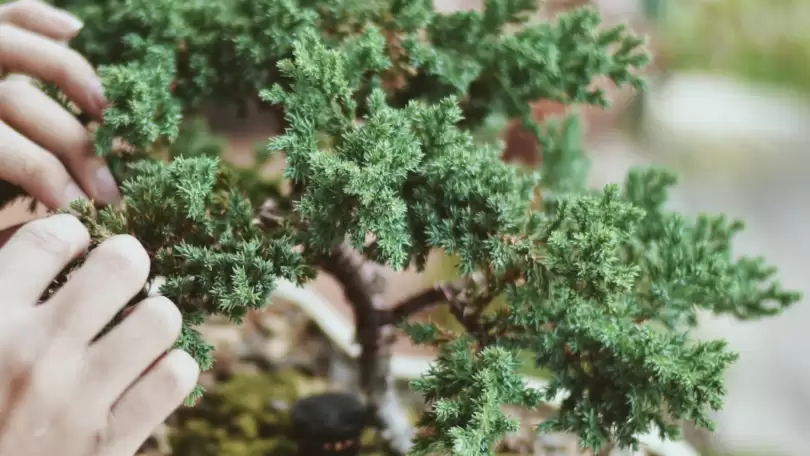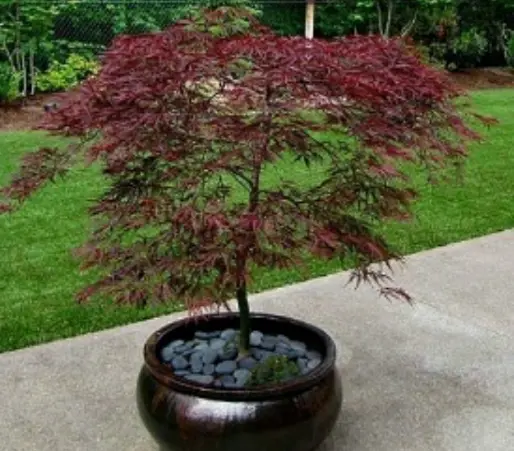11 Advanced Techniques for the Bonsai Gardener – Full Explained

If you want to grow bonsai trees to an expert level, these are some techniques you’ll need to master;
- Thicken Your Bonsai Tree’s Trunk. To do this, allow your bonsai to grow taller before you prune it back. When you prune it, cut back to just above a set of leaves. This will give your tree more character and make it look older. Thickening your bonsai may take several years, but it is well worth waiting.
- Create Branch Taper. Bonsai trees have a natural look of being wider at the bottom and narrower at the top. To achieve this, you will need to prune your branches strategically. The best time to do this is in the spring or summer.
- Use Branch Chopsticks. These are small pieces of wood that you can use to support branches while they grow. Place the branch chopsticks at the end of the branch and then tie them in place with wire. This will help to create a more natural look.
- Develop a Nebari. A good nebari is an essential part of bonsai aesthetics. This is the visible root system of the tree. To develop a nebari, you will need to encourage the roots to grow outward. A nebari can be achieved by following two methods, air-layering or regularly pruning downward growing roots.
- Create Jin and Shari. These are features that give your bonsai an aged look. To create deadwood, you will need to carefully remove the bark from the branches or roots of your tree using pliers. Jin is the bare stripped part on a branch, while Shari is the barkless part of a trunk. Deadwood features require some advanced tools. Invest in a pair of pruning shears, a concave cutter, pliers, and a wire saw to create the perfect Jin and Shari on your bonsai. This practice is best done in the spring or summer.
- Create a Windswept Look. This is a popular style for bonsai trees. To create a windswept look, you will need to prune the branches to angle away from the trunk. This will give the impression that the wind has blown the tree.
- Create a Moss Garden. Moss is a great way to add color and texture to your bonsai tree. It also helps to keep the soil moist. You can buy moss online or at a garden center. When laying moss around your bonsai, make sure to leave room for the tree to grow.
- Create a Bonsai Pot Garden. This is a great way to show off your bonsai trees. You can find bonsai pot gardens online or at a specialty bonsai store. You will need a variety of pots in different sizes and shapes.
- Shape Your Bonsai Tree Using Training Wires. The art of shaping your bonsai with training wires is called training. These are used to shape your bonsai tree. Different training wires are available, so choose the right ones for your tree.
- Soak Your Bonsai Tree. This is a great way to hydrate your tree and keep it healthy. It is also an excellent way to remove any pests or diseases on your tree. To soak your bonsai, place it in a water container and allow it to sit for several hours. Be sure to change the water regularly.
- Defoliate Your Bonsai Tree. This is a technique that is used to encourage new growth. To defoliate your bonsai, you will need to remove all of the leaves from the tree. You can do this by hand or with a pair of scissors. Be sure only to remove the leaves and not the stems. The best time to defoliate your tree is in the spring or summer. With a bit of creativity, you can create a genuinely stunning tree. These are just a few of the techniques that experts use. With time and practice, you can create a work of art.
Youtube Bonsai
how to take care of a bonsai tree
When it comes to bonsai, there are a few things you should avoid doing to ensure your tree’s health. Below are some common mistakes that beginners make:
- Overwatering. One of the most common mistakes made by beginners is overwatering their bonsai tree. Overwatering can quickly lead to root rot, which will kill the tree. Bonsai trees only need watering when the top inch of soil feels dry to the touch.
- Underwatering. Another common mistake is not watering the tree enough, which can cause the leaves to wilt and the tree to die. Bonsai trees need water when the top inch of soil feels dry to the touch, but be careful not to overwater.
- Fertilizing. Fertilizing too often or using the wrong type of fertilizer is another common mistake. Using too much fertilizer can damage the roots and cause the tree to die. Bonsai trees only need fertilizing once a month, and you should use a fertilizer made explicitly for bonsai trees.
- Pruning. Another common mistake is pruning the tree too often or removing the wrong branches. Over pruning can stunt a tree’s growth and cause it to die. Prune the tree only when necessary, and be sure to remove the correct branches.
- Repotting. Another common mistake is repotting the tree too often or not repotting it when necessary. Inappropriately repotting can damage the roots and cause the tree to die. Only repot the tree when necessary, and be sure to use a pot that is slightly larger than the current one.
Avoiding these five beginner mistakes when growing your bonsai will ensure the health and longevity of your tree.




1 Comment